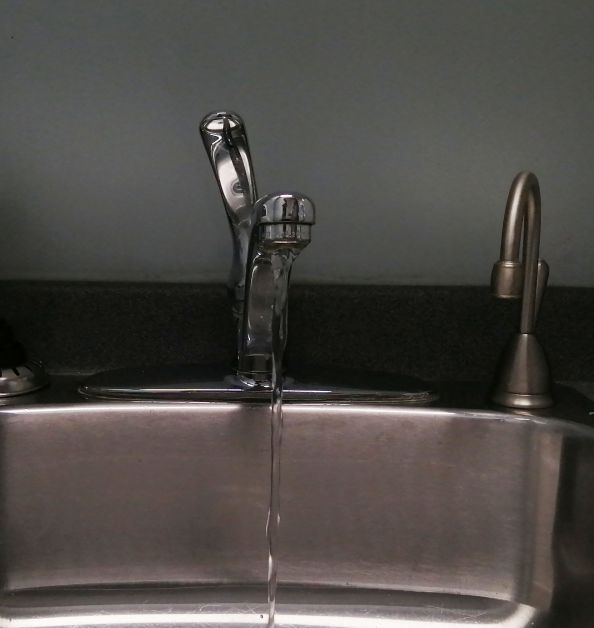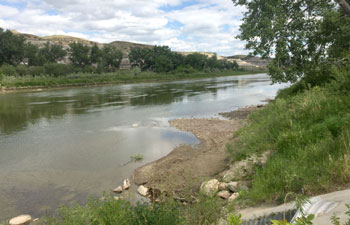
Fluoride was one of the topics discussed at Monday night’s regular council meeting.
Concerns had been brought to council’s attention from social media and CAO Ray Romanetz presented a report on the topic.
Deputy Mayor Jay Garbutt said, “I think it is something that is out (in) the public for discussion. I don’t know if it is on the same scale as the anti-vaccination campaign, but there is an anti-fluoride campaign. It is important for all of our elected officials to be aware of why we do it, and what the possible health issues are both plus and minus.”
“The scientific data does not back up the claims of negative health. The provincial government is still convinced in the health benefits of adding fluoride to local drinking water. We continue to make these decisions based on science, not on opinion. It doesn’t hurt us from time to time to re-visit things we’ve been doing for a very long time since the original by-law was passed in 1966,” he explains.
For the Valley, fluoride exists in the river. In the summer months, the amount of fluoride in the river is 0.2 milligrams and in the winter it is 0.5 milligrams.
“A certain amount of fluoride naturally exists in our drinking water that comes from the river, so we are only bringing it up by very few milligrams parts per million, to bring it up to the minimal level. Nonetheless, it is important for us to focus on the benefit of doing these things and to understand that there are people who are against it,” Garbutt said.
Romanetz spoke with Alberta Health Services and they have said they “highly recommend” fluoride in the water. Currently Drumheller puts one millilitre for every litre of water.
Testing is completed by the Town on a daily basis and is done quarterly by the province.
Garbutt said, “It is proven that in communities where there are different socio-economic classes that are wide spread apart, generally speaking, the lower socio-economic groups tend to benefit more from water source fluorination that may not have access to all the additional ways that fluoride has become available since it was first introduced into our water systems.”
He continued by saying, “Anything we can do to benefit all citizens is important, if we can additionally benefit our lower income earners by doing something we’ve always done, well that just makes sense.”





























